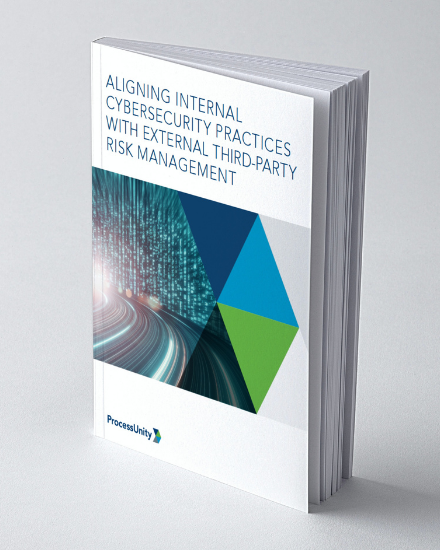ProcessUnity’s best practice guide offers advice from cybersecurity and third-party risk management experts to help your organization:
- Understand Internal and External Cybersecurity Risks: Review compliance risks, operational risks and information security risks within your organization and vendor population.
- Manage Third-Party Cyber Risk: Develop a defined process for prioritizing, mapping and evaluating third-party cyber risk.
- Evaluate Control Effectiveness: Gain a clear sense of control performance internally and externally to prioritize remediation projects.
- Report on the State of Cybersecurity Throughout the Extended Enterprise: Create dynamic reports on control effectiveness internally and externally to track issues over time and stay ahead of future incidents.
Get started with a cross-functional cybersecurity strategy and improve your program results today. Download ProcessUnity’s white paper now.
